Description
Caring for your Jasmine
Caring for a Jasmine involves thoughtful watering, regular feeding, and occasional pruning, but the results are undoubtedly rewarding. Whether you are a novice or a seasoned gardener, the Jasmine offers an easy way to bring a touch of tropical charm to your space.
Light
Jasmine thrives in a range of light conditions from full sun to partial shade, though it prefers some shelter from harsh, midday sun. It’s ideal for USDA hardiness zones 10-11, but can also be grown in a container indoors in cooler climates. Whether planted as a specimen or as a hedge, ensure the chosen spot provides adequate room as Jasmine can reach up to 6 feet in height and spread.
Soil
Jasmine is not particularly picky about soil but prefers well-drained, fertile ground. It tolerates various pH levels, from mildly acidic to mildly alkaline. When planting, dig a hole twice the width and depth of the root ball, mix some compost with the excavated soil, and then backfill. Water the plant thoroughly after planting and maintain consistent moisture, particularly during the first growing season.
Water
Although Jasmine is drought-tolerant once established, it prefers a regular watering schedule. Water when the top inch of soil becomes dry. Avoid waterlogging, as it can lead to root rot and other complications. In the absence of rainfall, a deep watering once a week should suffice. Indoor plants may need more frequent watering due to quicker drying of potting soil.
Fertilizing
To support the Jasmine’s robust growth and prolific blooming, regular feeding is beneficial. Use a slow-release, balanced fertilizer in the early spring and then again in the summer following the package instructions. Additionally, an annual top-dressing with organic compost can improve soil fertility and structure.
Pruning
Jasmine responds well to pruning, which helps maintain its shape, encourages bushier growth, and enhances flowering. Prune after the plant has finished its main flowering cycle, generally in late summer or early fall. Remove any dead or diseased branches, and trim overgrowth to maintain the desired shape.
Pest and Disease Management
Jasmine is relatively pest-resistant, but it can sometimes attract aphids and mealybugs. If noticed, these can be treated with a gentle insecticidal soap or neem oil. Diseases are rare but watch out for leaf spots and root rot, especially in waterlogged conditions. Proper watering practices and good air circulation around the plant can prevent most disease problems.

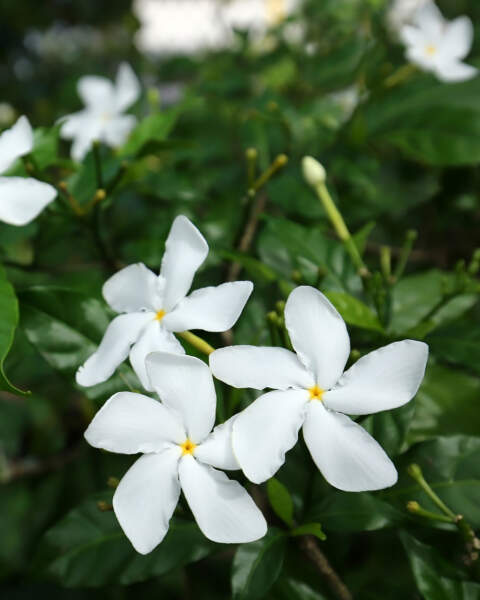
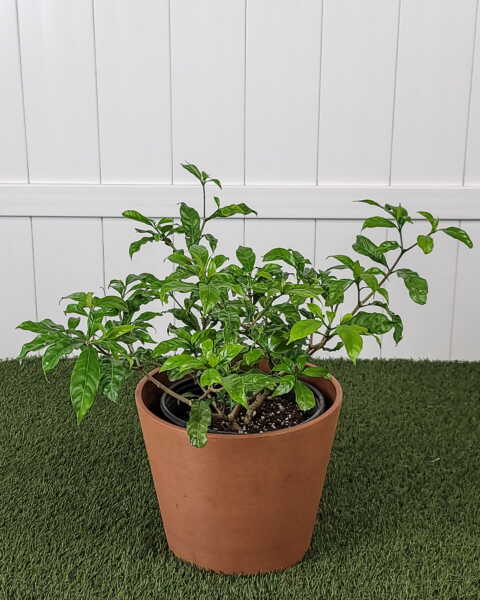
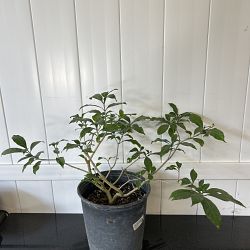
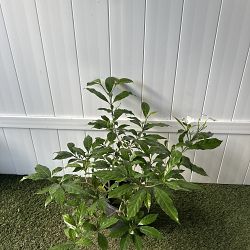
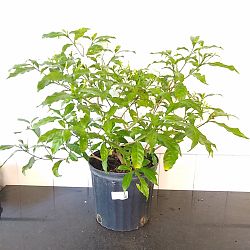
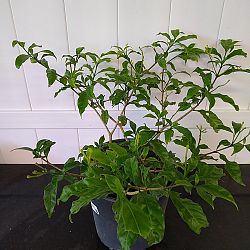
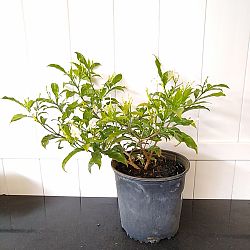

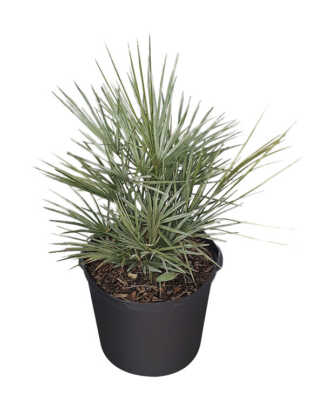
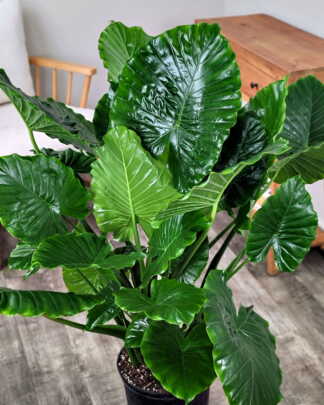
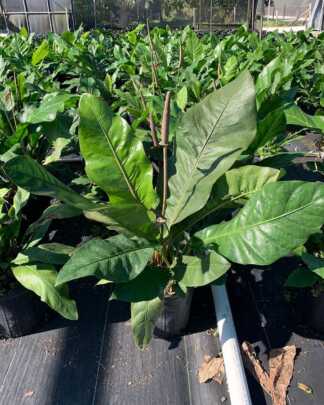
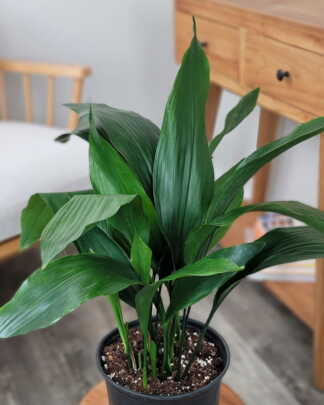
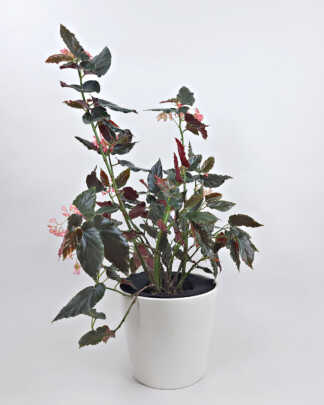


Joan T. (verified owner) –
Beautiful plant! I will be ordering from you again!!
Patricia M. (verified owner) –
The plants I ordered all arrived looking very healthy.
Anne p. (verified owner) –
Beautiful plant. Unfortunately it was not aware that is a zone nine plant and I live in zone 7 so I’m not sure when I’m going to do with it. Also it is a Jasmine and I don’t detect any scent from the flowers. And the only reason I bought it was for the scent.
Alla (verified owner) –
Excellent big plant thanks a lot
Frederic Kirsch (verified owner) –
Beautiful plants larger than I
Thought!!Thank you
Nancy (verified owner) –
Very professional on telephone for ordering. Plant arrived packaged perfectly and is healthy and beautiful. Highly recommend this company. Will certainly order from them again.
Nancy Branciforte (verified owner) –
Doing well.
Banasree Choudhury (verified owner) –
Very good plant !
Banasree
Margie (verified owner) –
Plant arrived securely packaged and healthy!!!
Vani (verified owner) –
Plants received in healthy condition, very smaller than expected for the pot size.
Anonymous (verified owner) –
Received just the way that I thought it would be. Quality super
Barbara S. (verified owner) –
Couldn’t be more pleased. It’s beautiful!
Thomas L. (verified owner) –
Plants were well packed and came in good shape.
Sridevi Mullapudi (verified owner) –